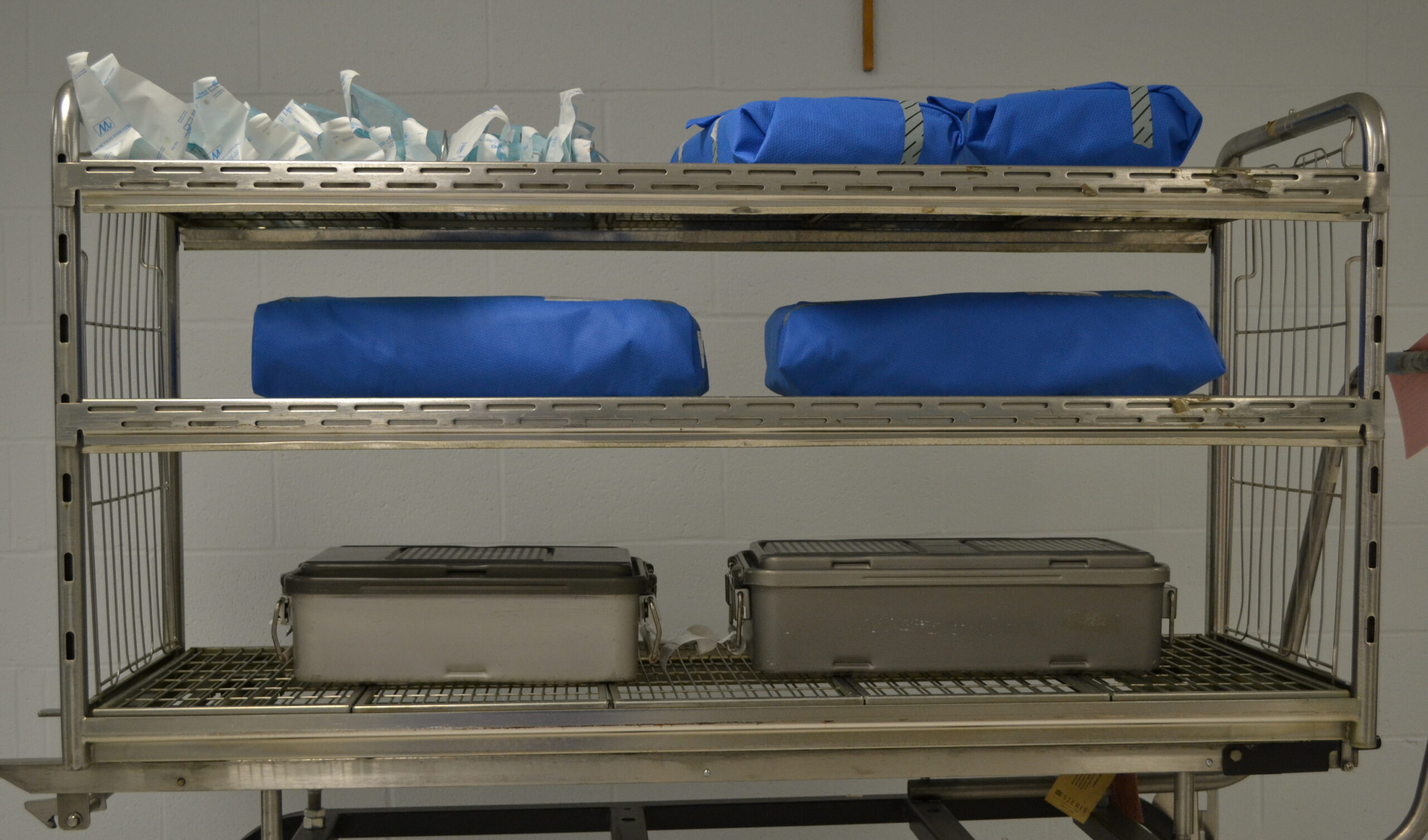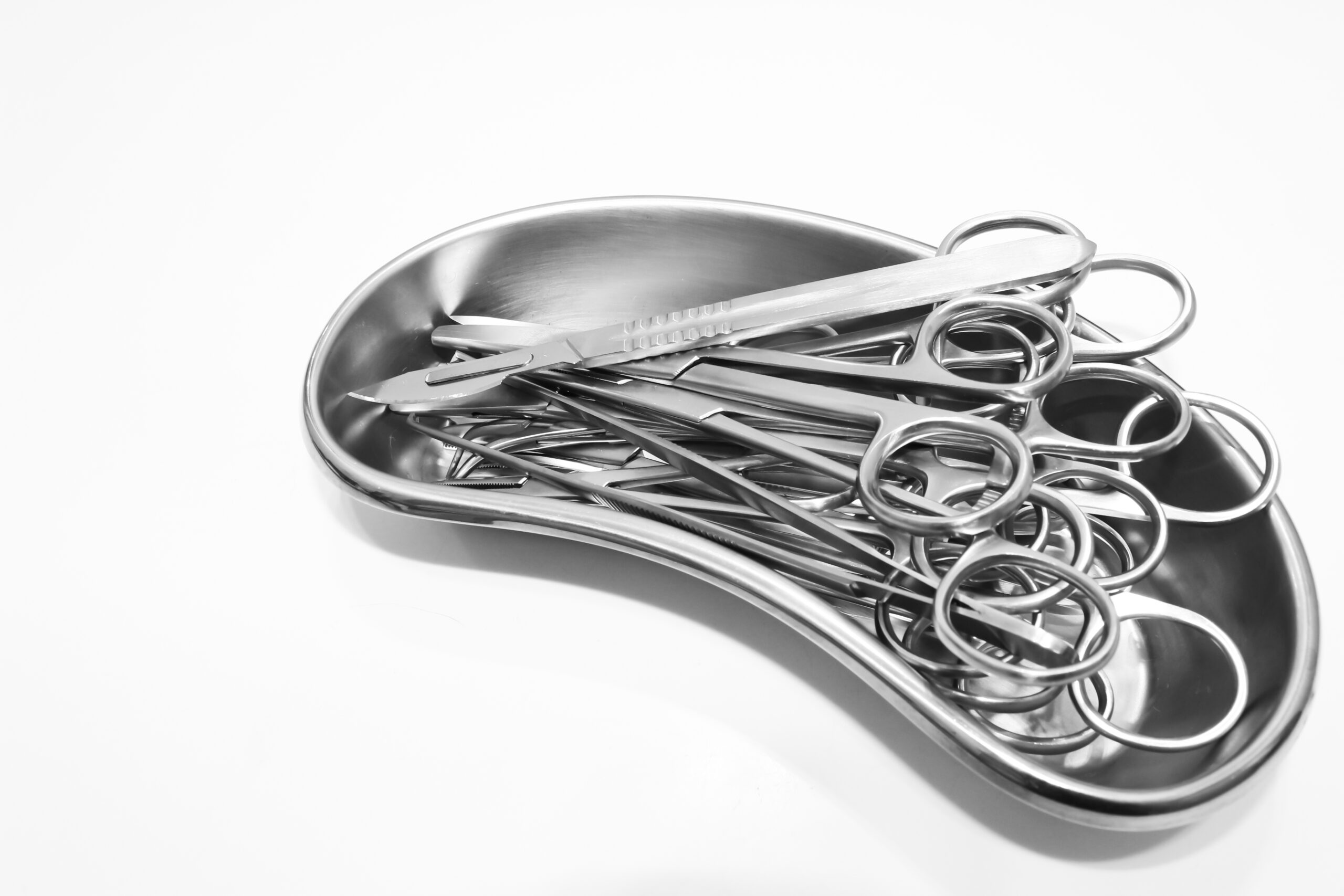Borescope inspections reveal widespread contamination in lumened surgical instruments

Editor's Note Conventional cleaning protocols fail to remove visible soil and debris from lumened surgical instruments, raising urgent concerns about patient safety and sterilization efficacy. That’s the central finding of a study published February 11 in The American Journal of Infection Control, which used borescopes to inspect the lumens of…
Literature review: Endoscope disinfection failures highlight need for stronger sterilization practices

Editor's Note High-level disinfection (HLD) fails to reliably eliminate harmful microbes from flexible endoscopes in real-world healthcare settings, according to a review of endoscope processing effectiveness published April 8 in the American Journal of Infection Control. The review highlights routine breaches in cleaning protocols and links contaminated endoscopes to numerous…
Introducing New Leader Toolkit: Your guide to OR leadership success

Editor's Note Stepping into a leadership role in the OR is both exciting and demanding. From budgeting and performance metrics to staffing and scheduling, there is a lot to navigate right from day one. To help new leaders step into their roles with confidence—and to offer fresh insights for seasoned…
AAMI updates sterilization materials compatibility guidance

Editor's Note The Association for the Advancement of Medical Instrumentation (AAMI) has released the updated AAMI TIR17:2024; Compatibility of Materials Subject to Sterilization, its first revision since 2017. This guidance provides essential information for medical device manufacturers, designers, and sterilization professionals on how sterilization methods impact materials and packaging. Updates…
Practice updates ease steam sterilization balancing act

Reliable and robust enough for daily use on most medical devices, steam is the most common sterilant in healthcare facilities. However, using steam properly requires a balancing act. For example, too much moisture can lead to wet packs, while steam that is too dry might not be sufficient to achieve…
Updated AAMI standard addresses chemical sterilization safety, compliance

Editor's Note New guidance from The Association for the Advancement of Medical Instrumentation (AAMI) addresses regulatory and safety concerns for hospitals using ethylene oxide (EO) for medical device sterilization—a pressing concern due to EO’s effectiveness but associated health risks. ANSI/AAMI ST58:2024, an update on chemical sterilization and high-level disinfection practices…
Reprocessed medical devices save hospitals millions, cut emissions

Editor's Note In 2023, hospitals and surgical centers saved more than $465 million and prevented nearly 98 million pounds of greenhouse gas emissions by utilizing reprocessed single-use medical devices, according to a survey by the Association of Medical Device Reprocessors (AMDR). DotMed reported the news October 21. The data indicate…
Offsite sterilization fuels onsite efficiency for lean ASCs

For many in the healthcare industry, imagining surgery without onsite sterile processing seems unthinkable. Then again, performing total joints in an ambulatory surgery center (ASC) was unthinkable 10 years ago. ASC sterile processing departments (SPDs) are generally not designed to handle the high volumes of instrument trays, vendor trays, and…
Water quality: 5 Ws and an H for sterile processing pros

Asking who, what, why, when, where, and how—otherwise known as the “5 Ws and an H”— is a time-tested way for writers and researchers to ensure comprehensive coverage of any topic. Here, we apply this framework from the perspective of sterile processing department (SPD) professionals seeking to start a water…
AAMI updates guidelines on radiation sterilization validation, single-use systems control

Editor's Note In a new guidance document for manufacturers of pharmaceuticals and biopharmaceuticals, The Association for the Advancement of Medical Instrumentation (AAMI) has released a new guidance document updating best practices for radiation sterilization validation and routine control of single-use systems. The document, AAMI CR513:2024; Guidance on radiation sterilization validation and…

 Free Daily News
Free Daily News